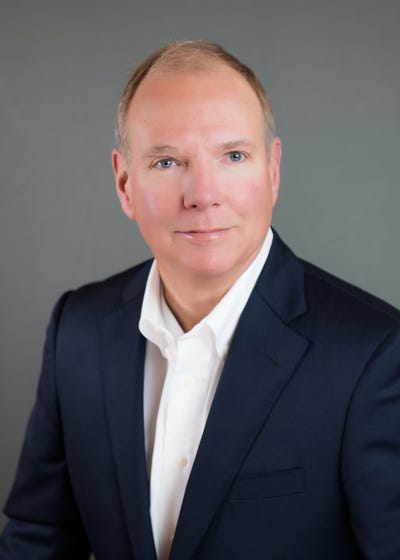Resistance to Change is Killing Your Roofing Business
If you're being out-innovated in the marketplace, and you're not driving change internally, then your time as a successful business may be drawing to a close. Here's a model to fix that.

Jack Welch was the chairman and CEO of General Electric in the 1980s and 90s.
Although he is not as much in favor today, he was during that period considered quite the business guru.
You couldn't pick up a periodical that didn’t have an article or a quote from Welch on leadership, people, or strategy. I recently saw one of his many noteworthy quotes: "If the rate of change on the outside exceeds the rate of change on the inside, the end is near."
What he was trying to impart is that if you're being out-innovated in the marketplace, and you're not driving change internally, then your time as a successful business may be drawing to a close.
Welch advocates that executives proactively change and improve their organizations.
Why does this not happen as regularly as one might expect?
Most people assiduously resist change; in fact, they appear to hate it!
For example, my church got a new organ about 10 years ago, and that decision, one which should've been a straightforward business decision, really divided the church!
Things became quite emotional and contentious. We should have expected this.
The stages of changes that leaders, whether in business or the clergy, attempt to implement can be consistently predicted by the “Change Model” originally developed by Virginia Satir.
The Change Model is a graphic way of understanding the psychology of change, how it affects people, and what leaders need to know to make changes stick.
I have a friend who's good at change management.
He owns an engineering company and is quite successful.
As it often does, our conversation one day turned to business, and he said, "I'm going to blow up my sales department."
My response was, "But you're so successful! Why would you change anything?"
His reply was, in so many words, "What got me here won't get me there."
He didn't think his sales model was scalable, and he resolved to change it; the company needed better systems and accountability to achieve its full potential.
He hired a person from the outside largely based on an outstanding resume, and his first attempt to change the business development function went quite poorly!
Referring to the Change Model, he ran head-on into what derails most change efforts: CHAOS.
Almost any attempt to introduce new people, technology, or processes into any organization will result in the stages/pattern predicted by the Change Model.
In OLD STATUS QUO, the engineering business lacked a scalable sales model, and the CEO became the CATALYST who determined that change was both necessary and desirable.
Blowing up the sales department led to a period of CHAOS.
Since chaos, whether in a business or personal instance, feels scary and anxious, most business leaders tend to retreat to the old status quo—a return to “normalcy.”
To my friend’s credit, he didn't do that; he pushed forward, and that's what you must do to implement successful long-term changes.
He continued to drive the change process forward until they realized their TRANSFORMING IDEA, in this case, that the business development hire was a poor cultural fit, and they needed a more suitable hire.
Once the right person was on the job, they were able to INTEGRATE the new ideas and systems into the company, PRACTICE the new behaviors, and, finally, they realized a NEW STATUS QUO at a higher performance level.
In our last book,” Our Family Business Crisis and How It Made Us Stronger,” we utilized the Change Model to illustrate how a fictional mechanical contracting business pushed through a staggering amount of family and business chaos to come out bigger, better, and stronger on the other side.
You can utilize the model, as our fictional family did, to educate yourself and your people and implement improvements in your company.
As Welch counseled, to be successful over the long term, you must continually tweak and innovate.
The key is that you must have the courage to find ways to fight through the inevitable chaos that hamstrings so many executives and organizations.
About the Author(s)
You May Also Like




